Guest post by Marc Thompson, a recent graduate of Chaminade University with a BS in Psychology. Marc joined us recently for NW Noggin outreach visits to Hosford Middle School in Portland Public Schools, and to HeLa High School in Vancouver, WA…
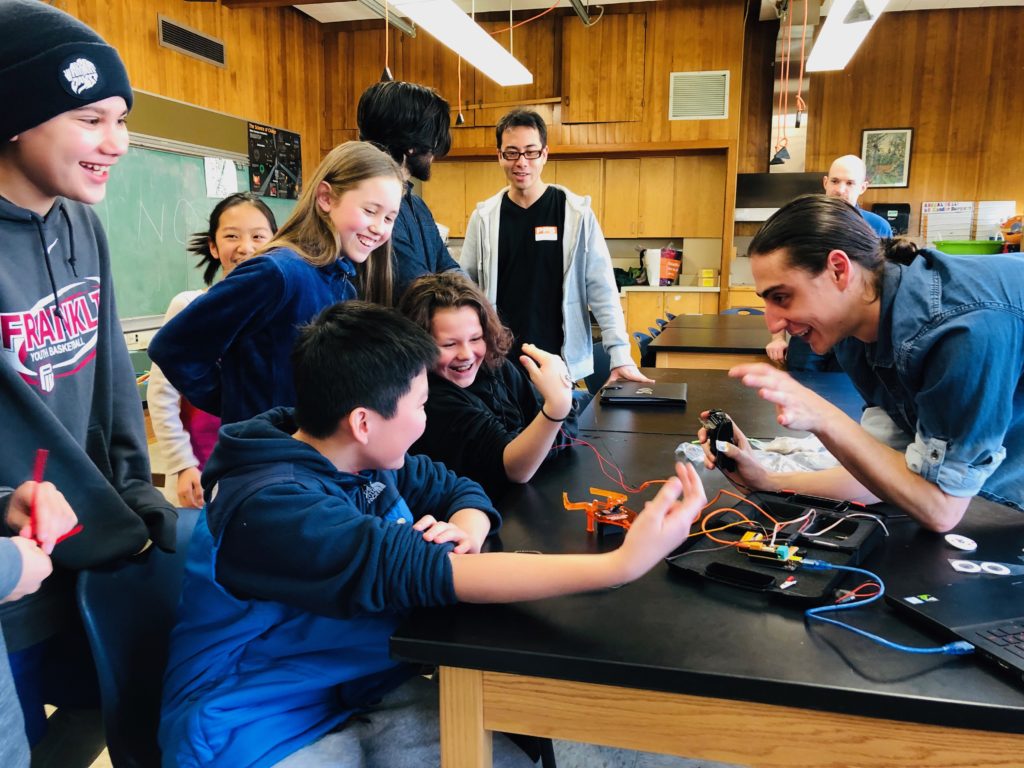
As a new graduate student in Psychology, joining NW Noggin at Hosford Middle School was a wonderful learning experience! The NW Noggin team talked with hundreds of students about their different brain structures, brain changes and effects under different circumstances (including adolescent brain development), and then used both art and science to build up a meaningful understanding of what brains are, what they do, and how to get involved in studying neuroscience…
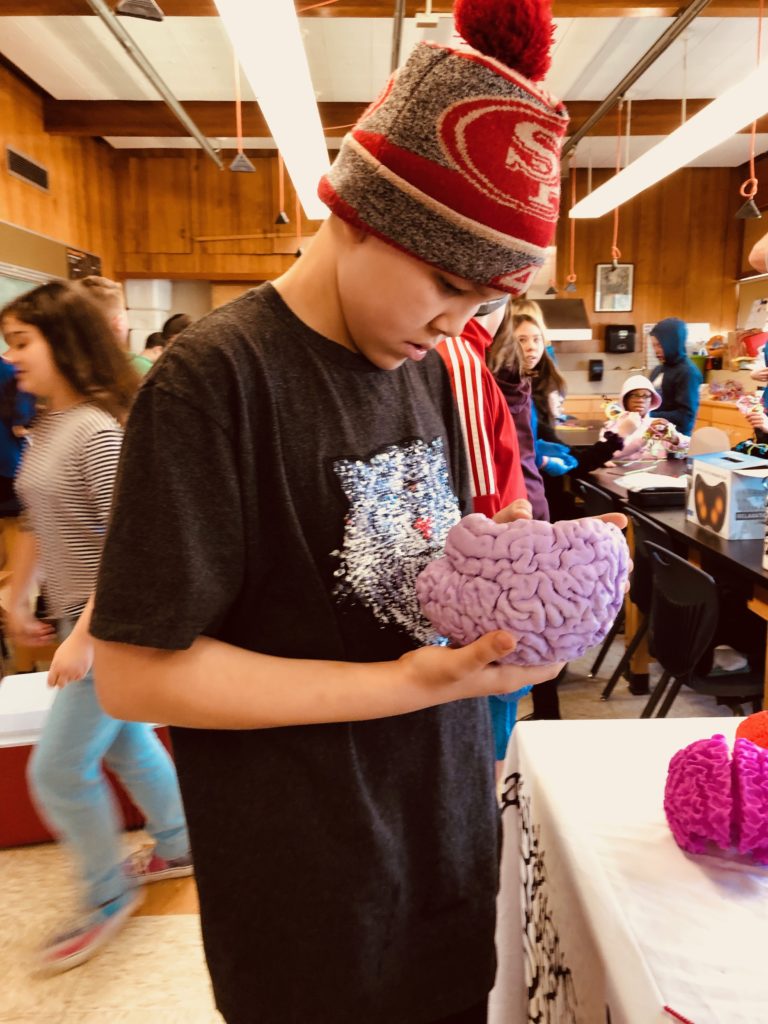
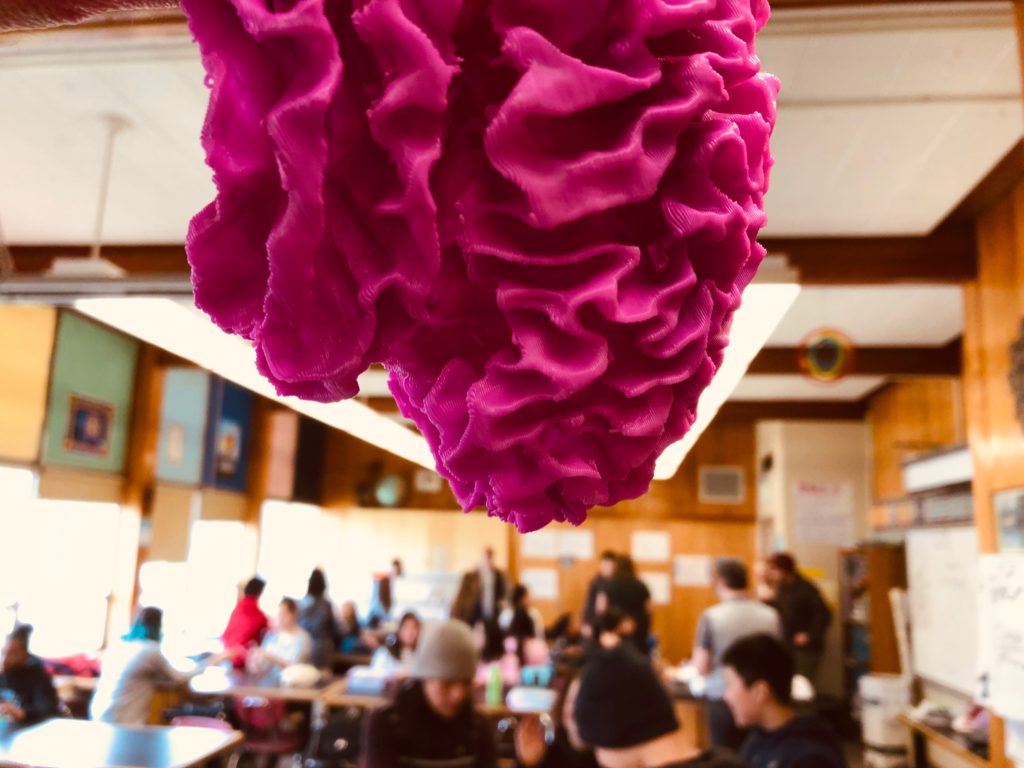
LEARN MORE: Honest selves @ Hosford
Using various methods and stations, NW Noggin approaches the potentially complex and difficult topic of neuroscience from many compelling directions.
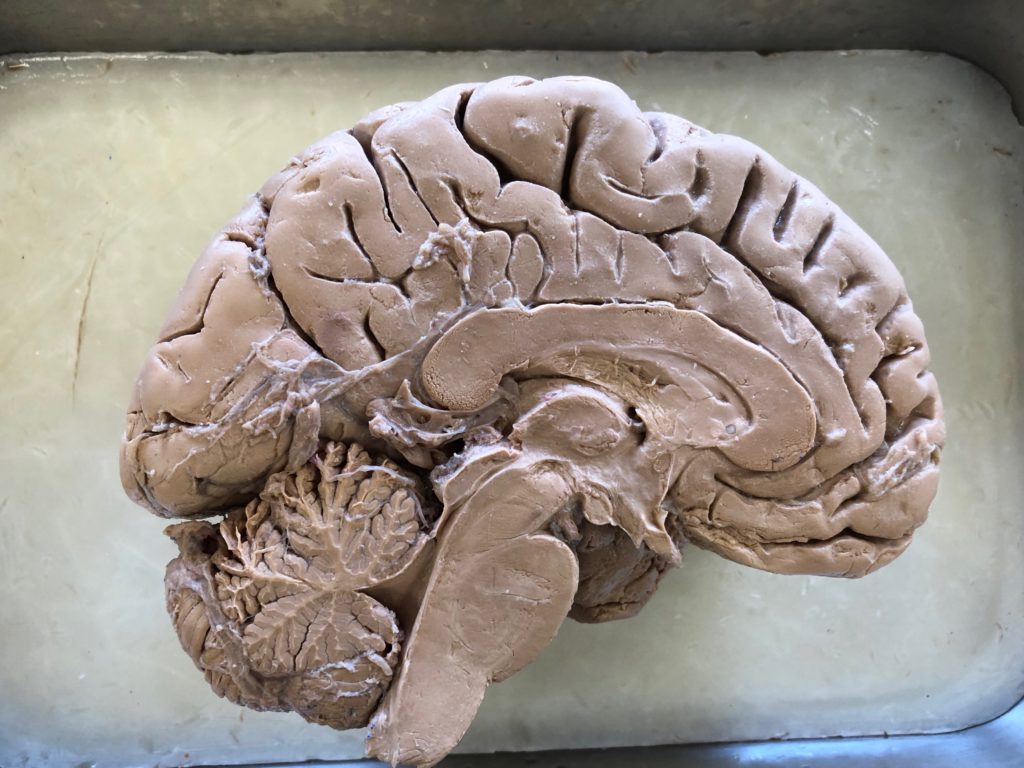
There were human and other animal brains suspended in jars for viewing, real human brains to handle, examine and hold (with gloves!), real skulls with delicate, filagreed nasal bones, plastic models that revealed the differences between dendrites, axons and other cellular structures, opportunities to make brain cells from pipe cleaners, and electrodes connected to a mechanical claw – and other people! – to help students understand the electrical nature of connections in the brain and body.
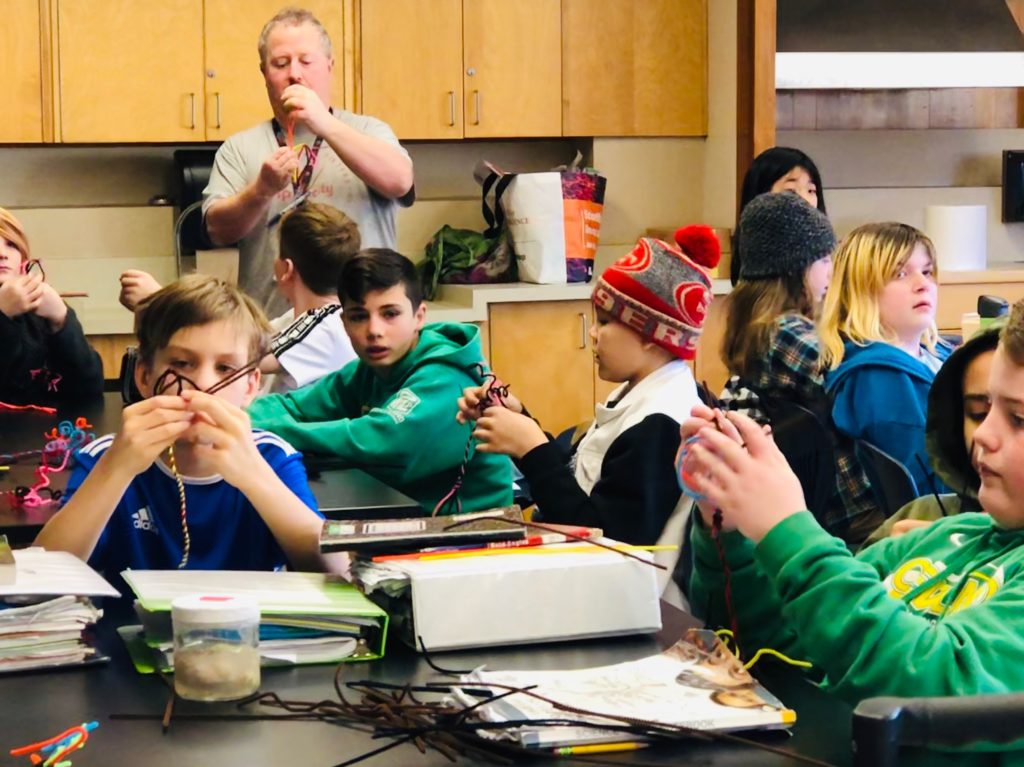
LEARN MORE: NW Noggin STEAM Projects
LEARN MORE: Brain Hacking is Electric!
This educational experience was a great example of inquiry based learning.
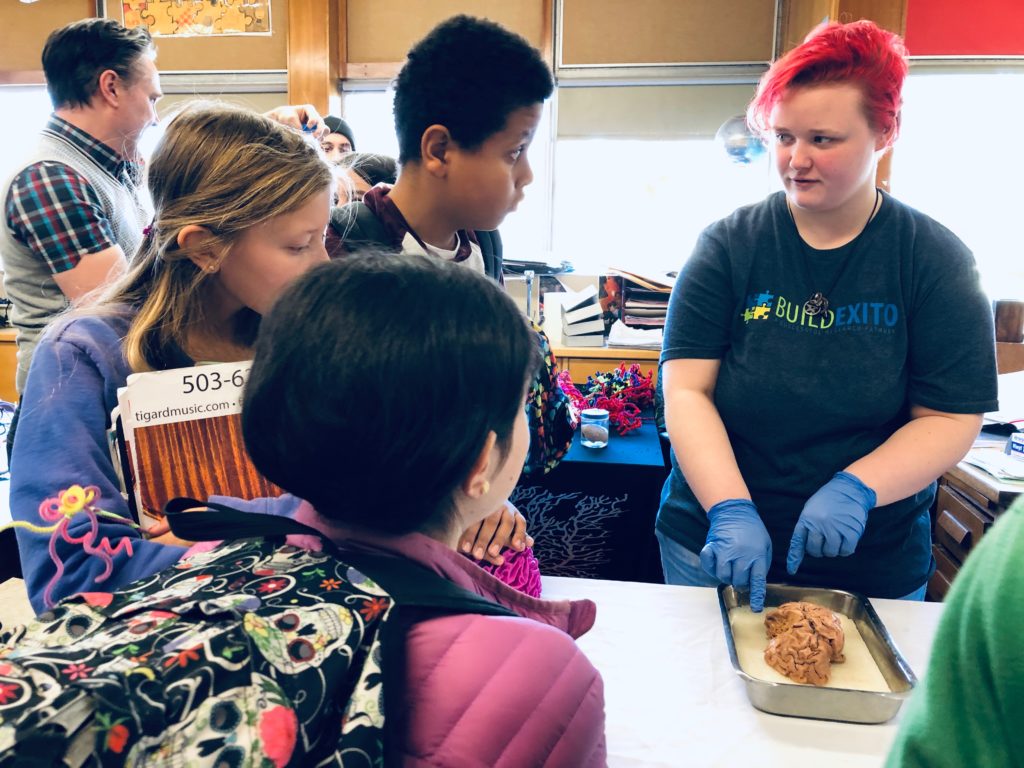
LEARN MORE: What is Inquiry-Based Learning?
LEARN MORE: INSPIRED ISSUE BRIEF: INQUIRY-BASED TEACHING
LEARN MORE: Teaching K – 12 science in the absence of adequate classroom time and resources
After a brief introduction, and a chance to hear each volunteer undergraduate and graduate student describe who they are and what they study, students were encouraged to offer questions about the brain and brain functions, leading the discussion through their interests and experiences rather than an instructor giving a set amount of rote information…
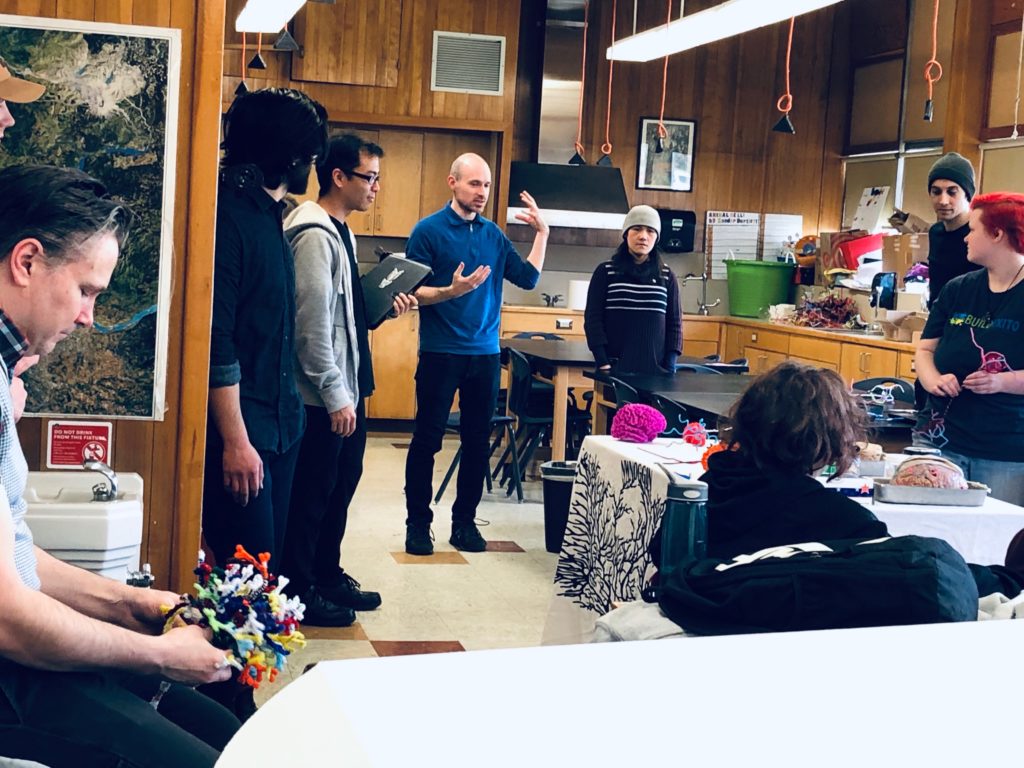
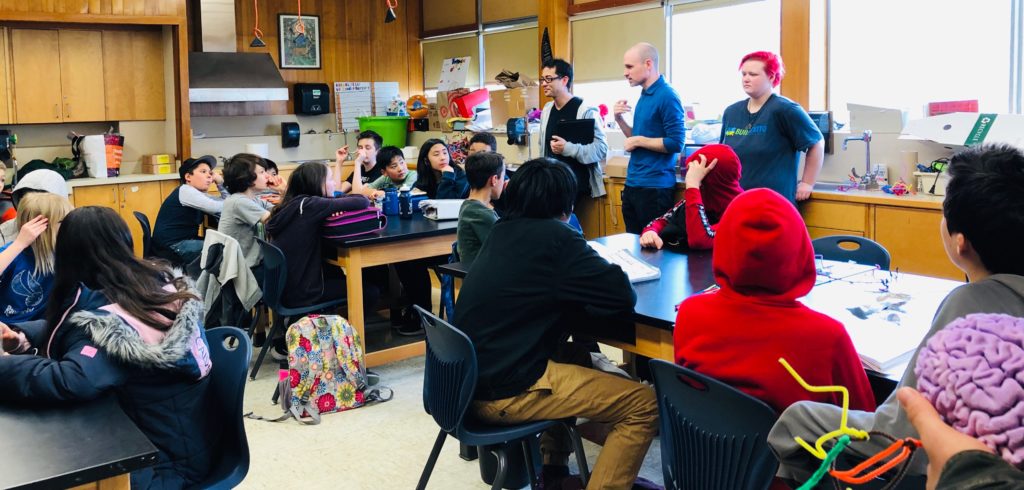
No memorized elevator pitches here 🙂
Through questions such as, “How does a brain malfunction?,” the most interesting and relevant pieces of information were provided during discussions where teachers, volunteers, and students were able to participate by including further questions that developed, and adding their own relevant knowledge to the topic.
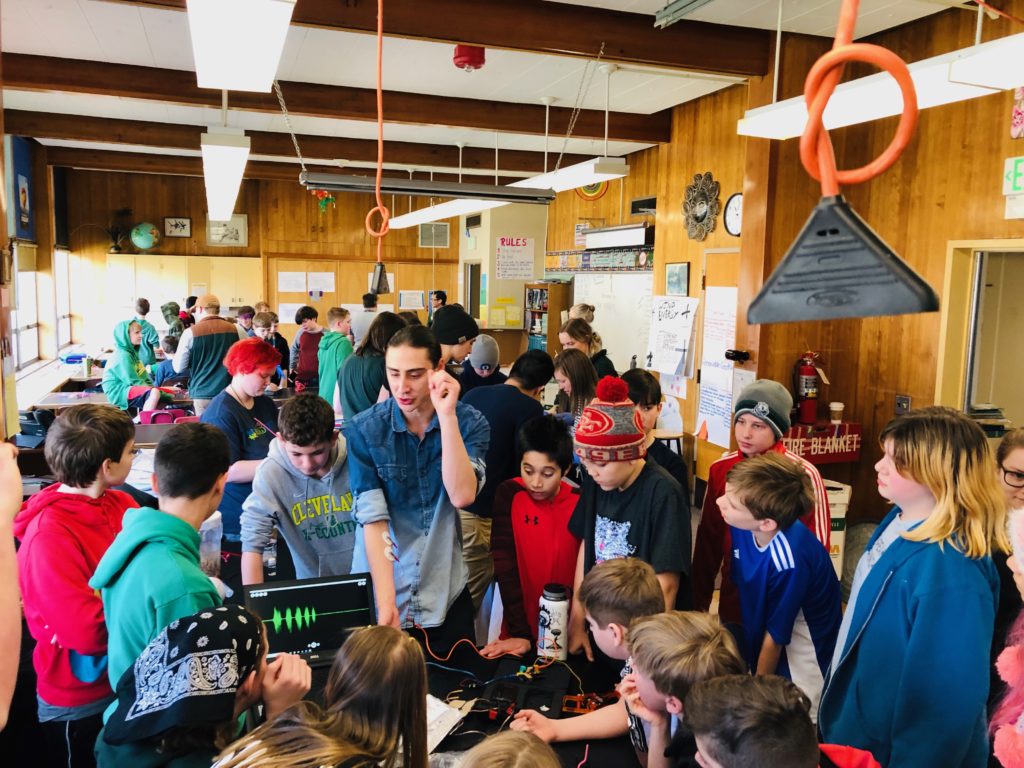
In this way, the entire class was able to speak up and be engaged in the discussion, for the majority of the time. It’s amazing to see everyone so riveted by the experience. Then students were able to physically handle and manipulate what we were just talking about!
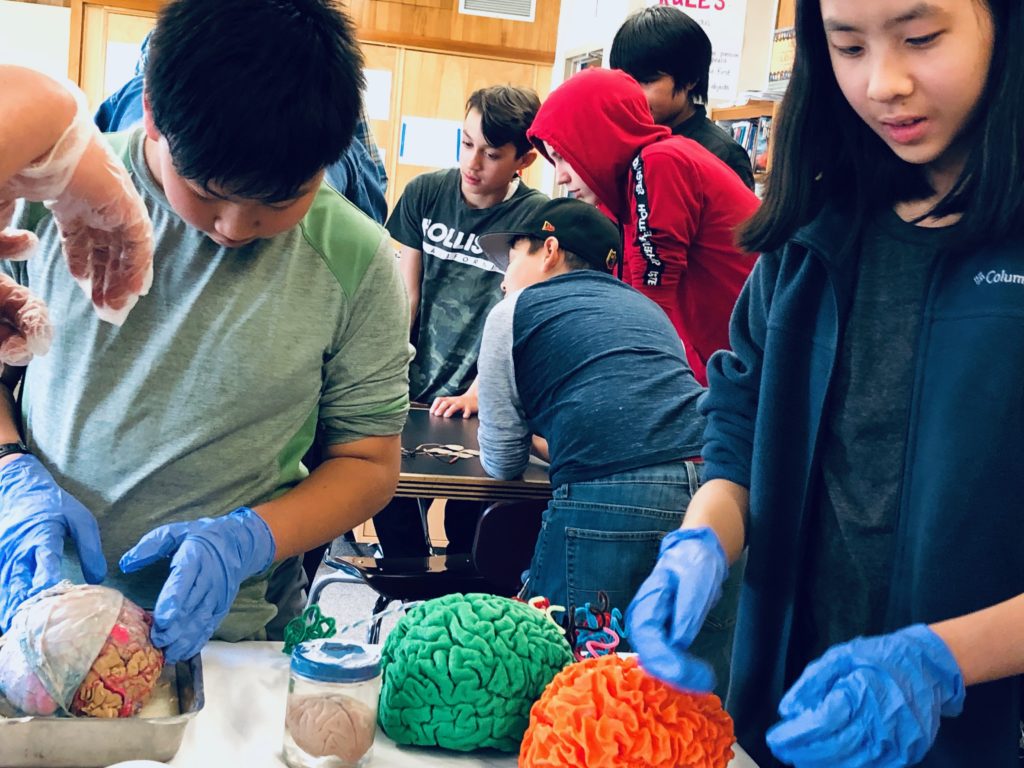
Most of the classroom time was unscheduled, where students were allowed to touch, handle, use and create with the materials on offer. The natural feelings, thoughts, and questions that arise from holding a brain, comparing skulls, replicating neural structures, and generating electrical currents to create mechanical movements were addressed by NW Noggin volunteers at the time and place where they arose. Addressing questions as soon as they come up, in a way that is relevant to the time and space, personalized to the learner, and open to everyone, allows the amount of learning to be maximized..!
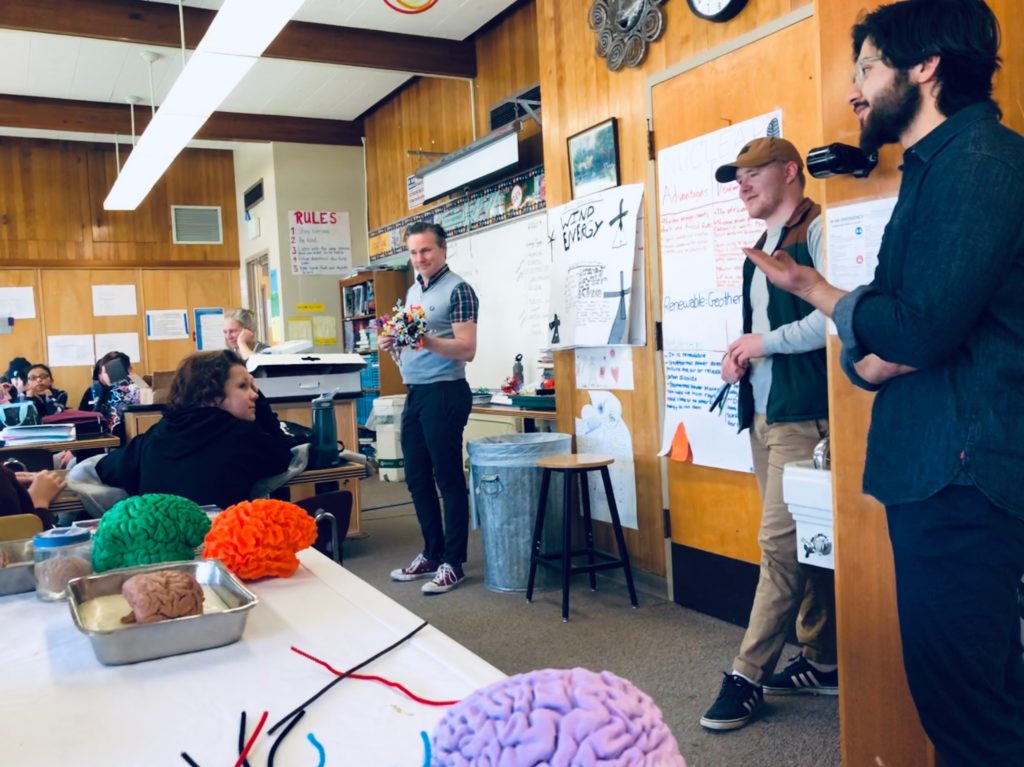
Thanks Marc for joining us in the classroom!


